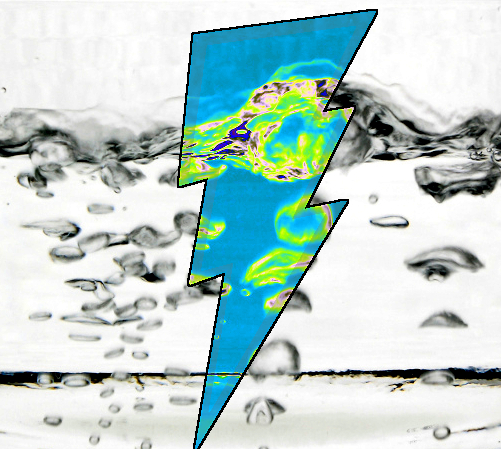Nanocrystals tested for solar boost
 Australian researchers have used nanocrystals to boost the production of hydrogen fuel.
Australian researchers have used nanocrystals to boost the production of hydrogen fuel.
A team at Curtin University has reported on its efforts to use tiny nanocrystals as highly efficient catalysts to generate solar energy for the production of clean fuels.
Dr Guohua Jia said the new method offered environmental and economic benefits that would make it attractive to industry involved in the production of low cost and low emission clean hydrogen, which is considered a key fuel in the transition to a low carbon economy.
“Previously, in order to use catalysts to derive energy from sunlight and transfer it into clean fuels such as hydrogen, we would have had to use cadmium-based semiconductors in combination with expensive noble metals including platinum, iridium and ruthenium,” Dr Jia said.
“However, the high toxicity of cadmium and the high cost of noble metals are considerable obstacles to their widespread use.”
Dr Jia said the research developed a more efficient and greener alternative to use solar energy to produce clean fuels.
“Our research invented tiny crystals that do not contain any noble and toxic metals, which can be directly used as environmentally friendly catalysts to convert solar energy into hydrogen,” Dr Jia said.
“These nanomaterials may be of great interest to the energy industry, as they are made from cheap and near-abundant elements and offer industries a potential cleaner and cheaper fuel source.”
The research involved multidisciplinary collaborations between Curtin University, University College London, The Australian National University, Edith Cowan University and The University of Western Australia.








 Print
Print